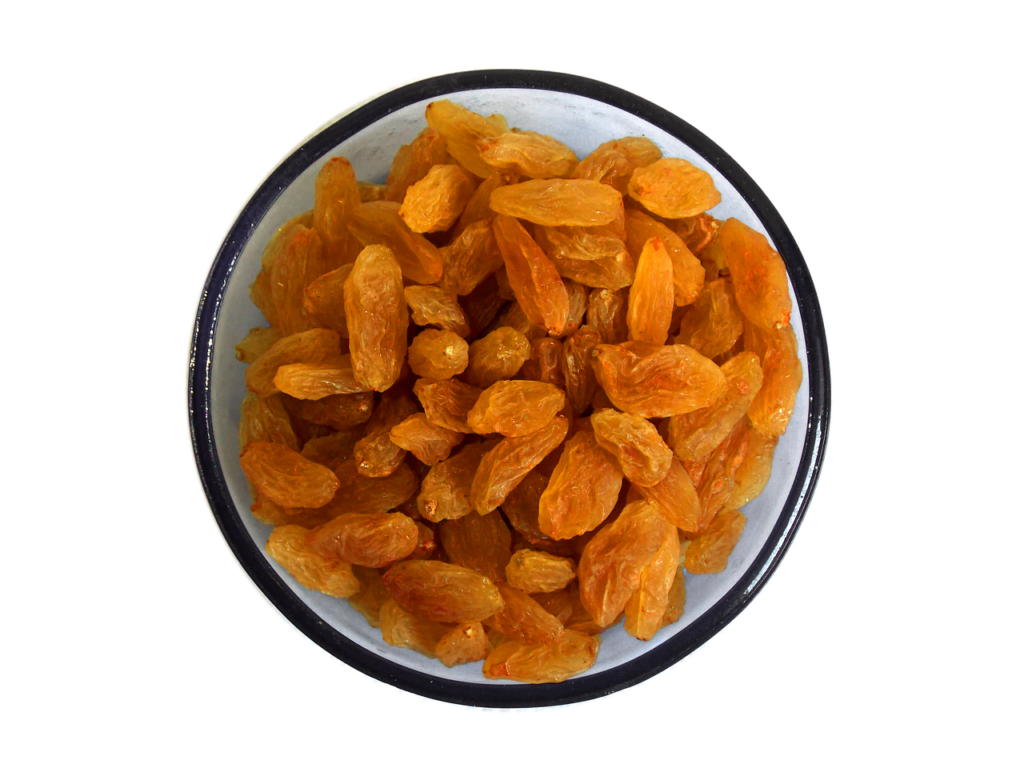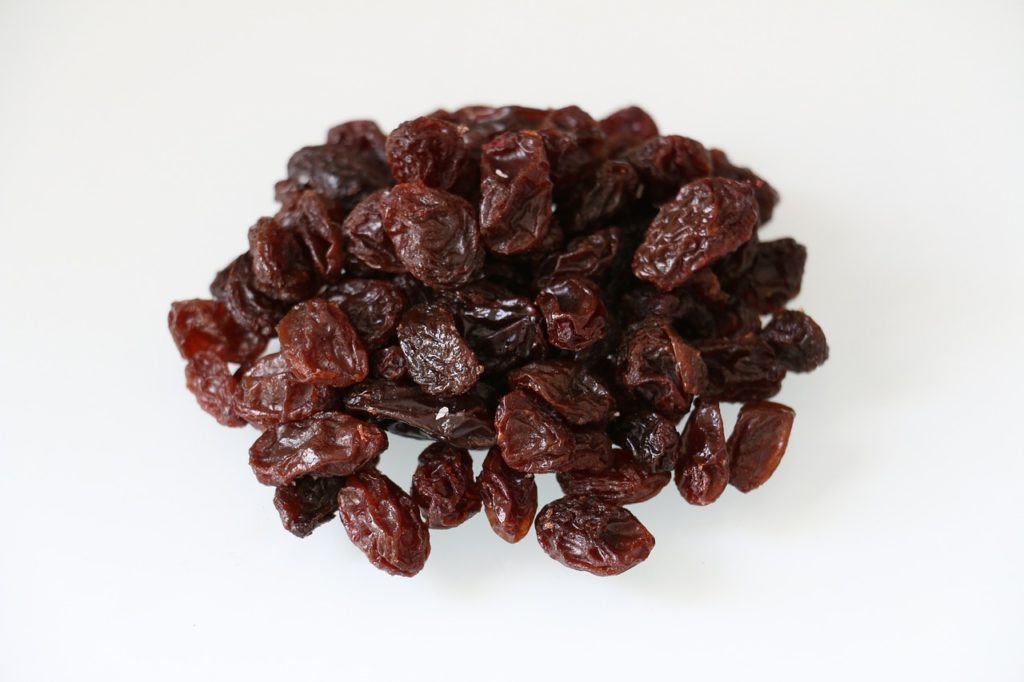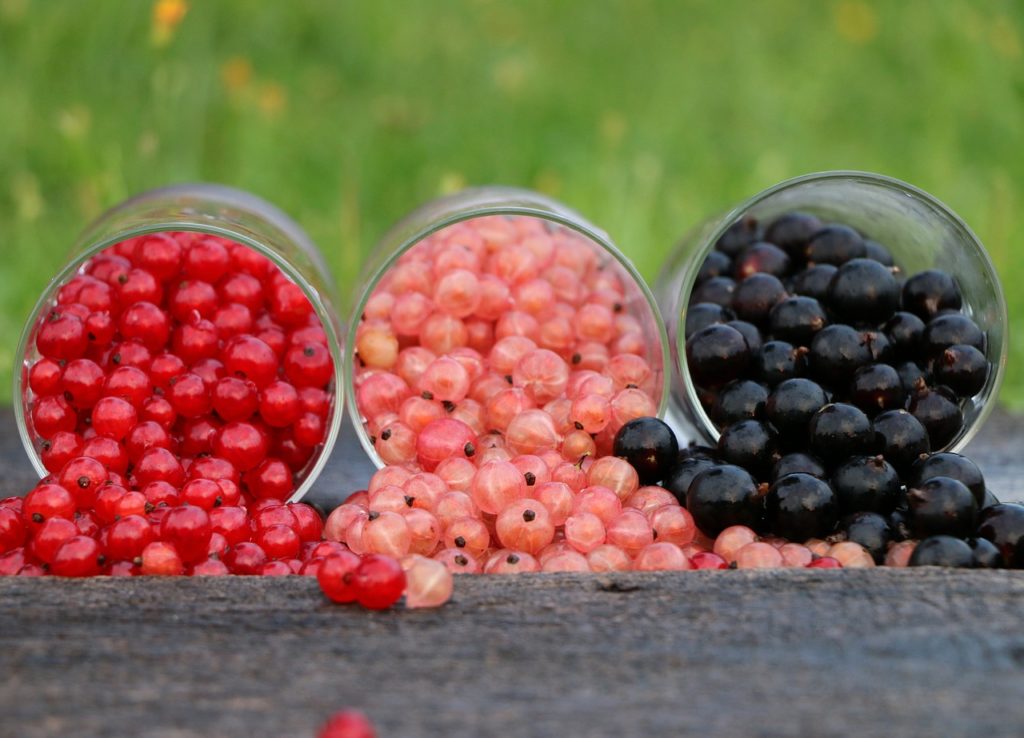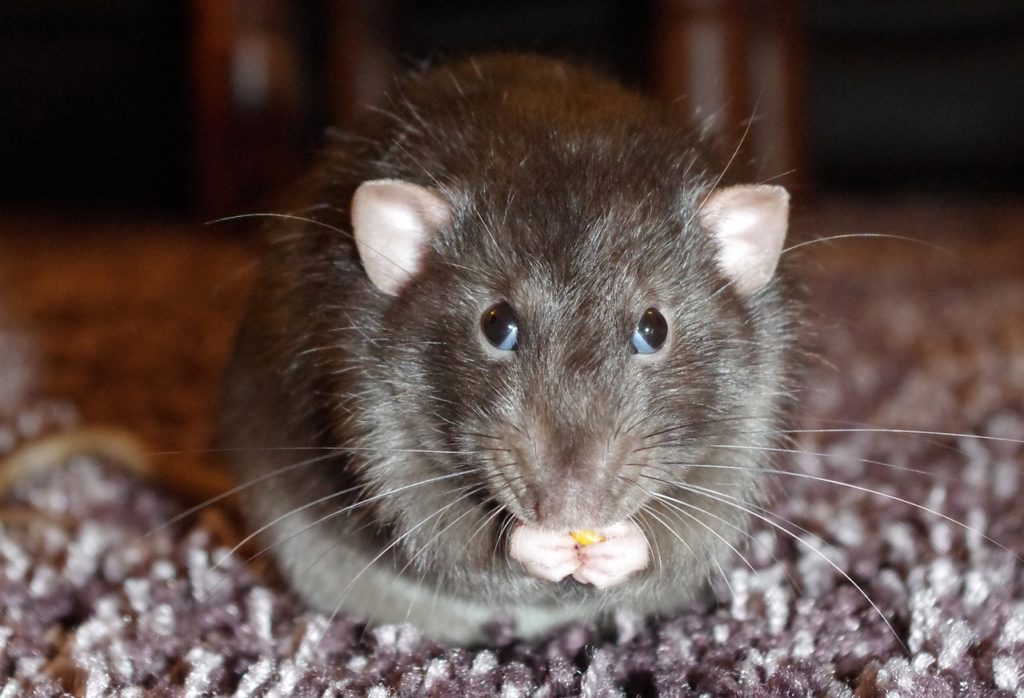Raisins often confuse people as not everyone is actually ever really sure what they are – I mean they taste great – so who cares where they come from right?
Well, anyway – to set the record straight – raisins are simply dried grapes.
Raisins are one of the most popular forms of dried grapes available in stores – and their name is a corruption of the French word for [fresh] grapes – ‘un raisin’. (Grape actually comes from the French word ‘grappe’ meaning a bunch of ‘raisins’ – une grappe de raisins. All very confusing right?

Anyway, the word raisin is used by most people to mean any dried grape – as is the relatively new phrase in nutrition circles of ‘dried vine fruit’, however, we know at least three types that we have given different names to based on their colour, size and texture
Raisins, Currants And Sultanas: All Safe For Rats
And as rats can eat grapes – yes, rats can also eat raisins!
Anyway – while you are here – here is a bit of useful info on the three different types, and ideas for feeding these treats to your rats.
Are Raisins Safe For Rats:
Raisins are a mainly dark-coloured large dried grape available in most human food stores for use in baking, breakfast cereals and for snacks, but which can be green, black, brown, blue, purple, and yellow!
Raisins can be up to 72% sugar though and they have less Vitamin C than fresh grapes, so they are certainly more at the top end of the treat scale.
Reports* even say that the antioxidants (good guys) in some Greek raisins can actually help reduce malignancies in the stomach and colon?

Are Currants Safe For Rats:
These are a small dark-coloured dried seedless Corinth grape (of the Vitis genus) mainly found in cakes and currant buns! They are one of the oldest types of raisin – with Pliny the Elder (AD23-79) writing about them!
Often called Zante currants or Corinthian raisins, these small, strong tasting dried grapes are more common in bulk buys and can be brought up for quite a good price if you have a lot of rats.
These currants are not what you might call ‘true’ currants. True currants belong to a different plant family entirely. Black, red and white currants are berries of the Ribus genus, grow on small bushes rather than vines, and are usually eaten as fresh berries rather than dried fruits (and black currarts make THE best jam). However, your rats will still love them whatever type you end up with…
And unlike true blackcurrants which are rich in nutrients, black Zante currants contain barely any Vitamin C.

Are Sultanas Safe For Rats:
These are a mainly golden-coloured dried grape – quite large in size, used in cooking and often found in Mediterranean dishes as a juicy treat.
Sultanas are large enough to hold medications and sweet enough to stop your pet thinking about not taking it. I often cut a few slits in the sultana so the medication seeps in. They can’t resist them!
Usually made from Thompson seedless grapes, they don’t have the gritty taste of other dried grapes (as they have no seeds or seed cases on the inside). This grape apparently makes up 97% of California’s raisin production!
However, due to marketing and labelling laws in the the US, the words are interchangeable and the origins of raisins, golden raisins and sultanas cannot be assured of being any one grape variety or originating from any one plant.
Shame really as it makes all my facts above moot!
Anyway, rats can eat raisins – and they love them!
Enjoy…
